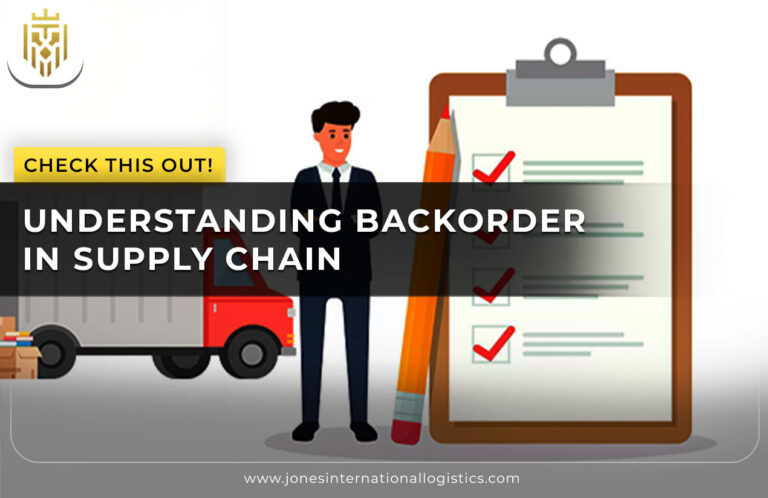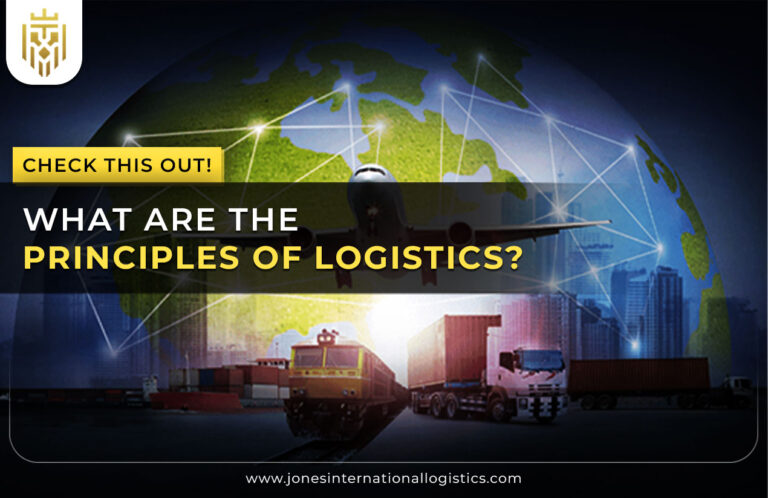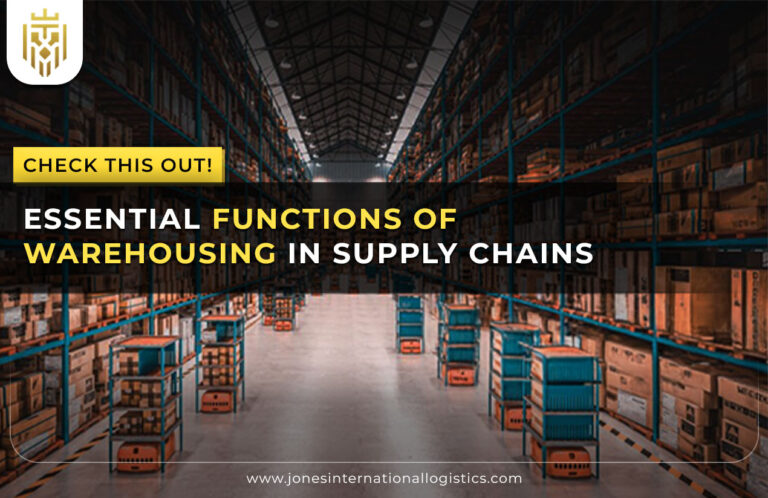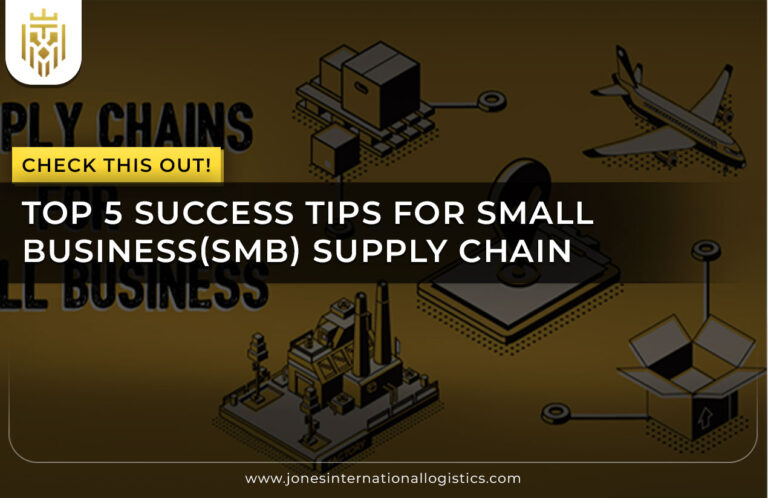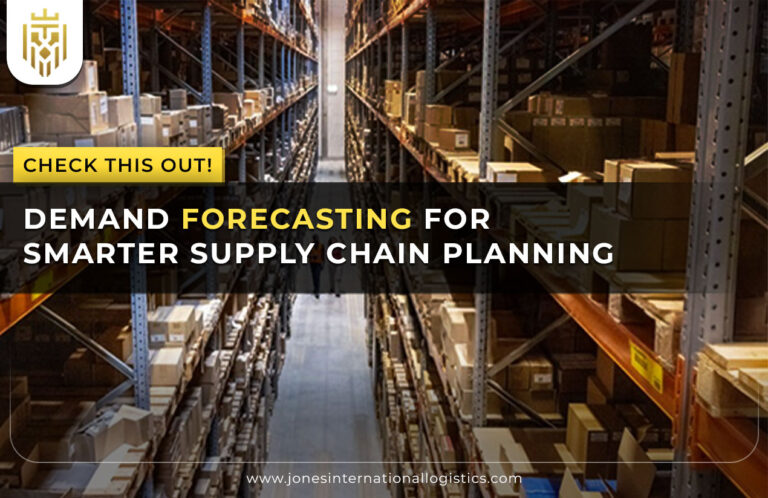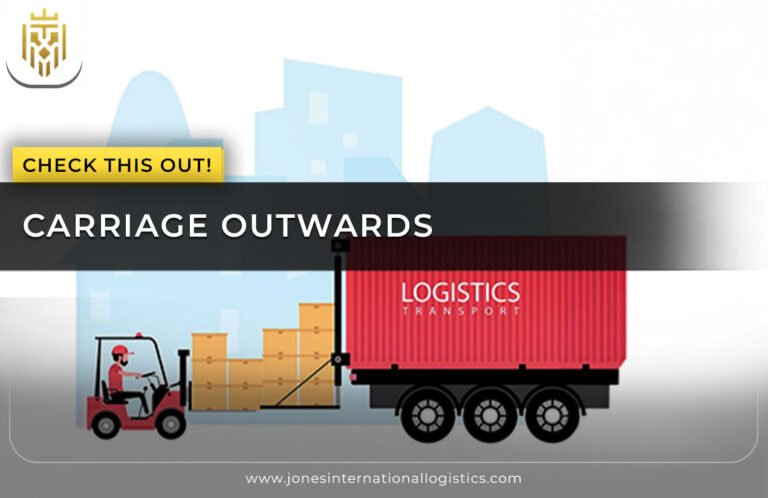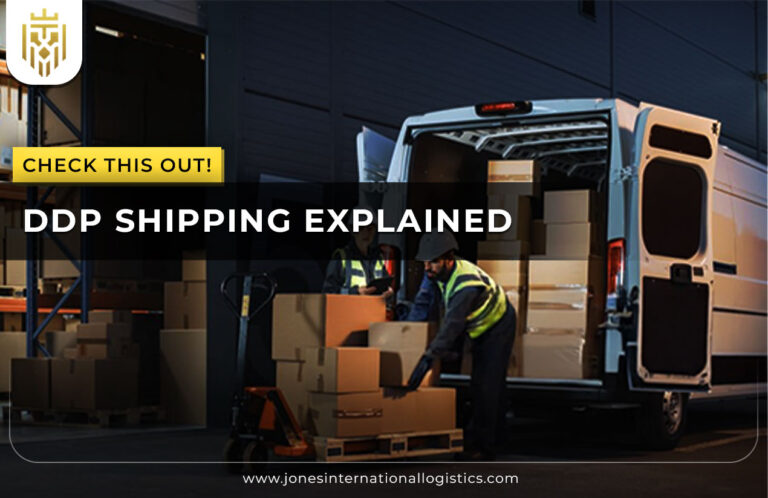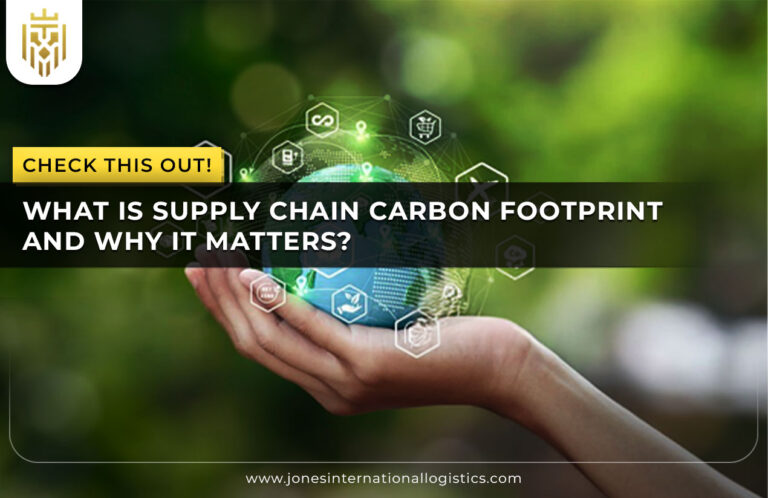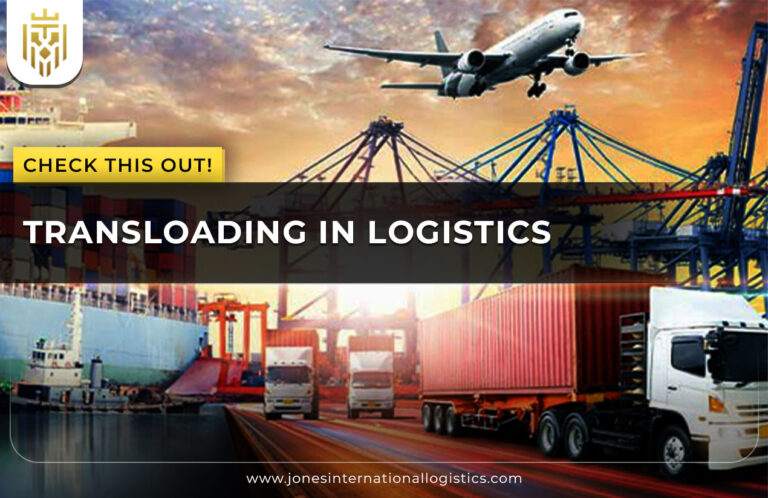What Is Forward Logistics?
Forward logistics is that part of logistics concerned with the efficient flow of products between manufacturers and customers. It facilitates an effective flow of logistics within all levels of the supply chain, paying more attention to timely deliveries of products and product quality preservation within the whole process.
Understanding the Role of Forward Logistics in Modern Supply Chains
Forward logistics is critical in the smooth logistics movement of products in a supply chain. Its efficiency is enhanced through logistics management, warehousing, transportation, and filling orders to deal with products in the correct manner and deliver them to the correct customers.
The Difference between Forward Logistics and Reverse Logistics
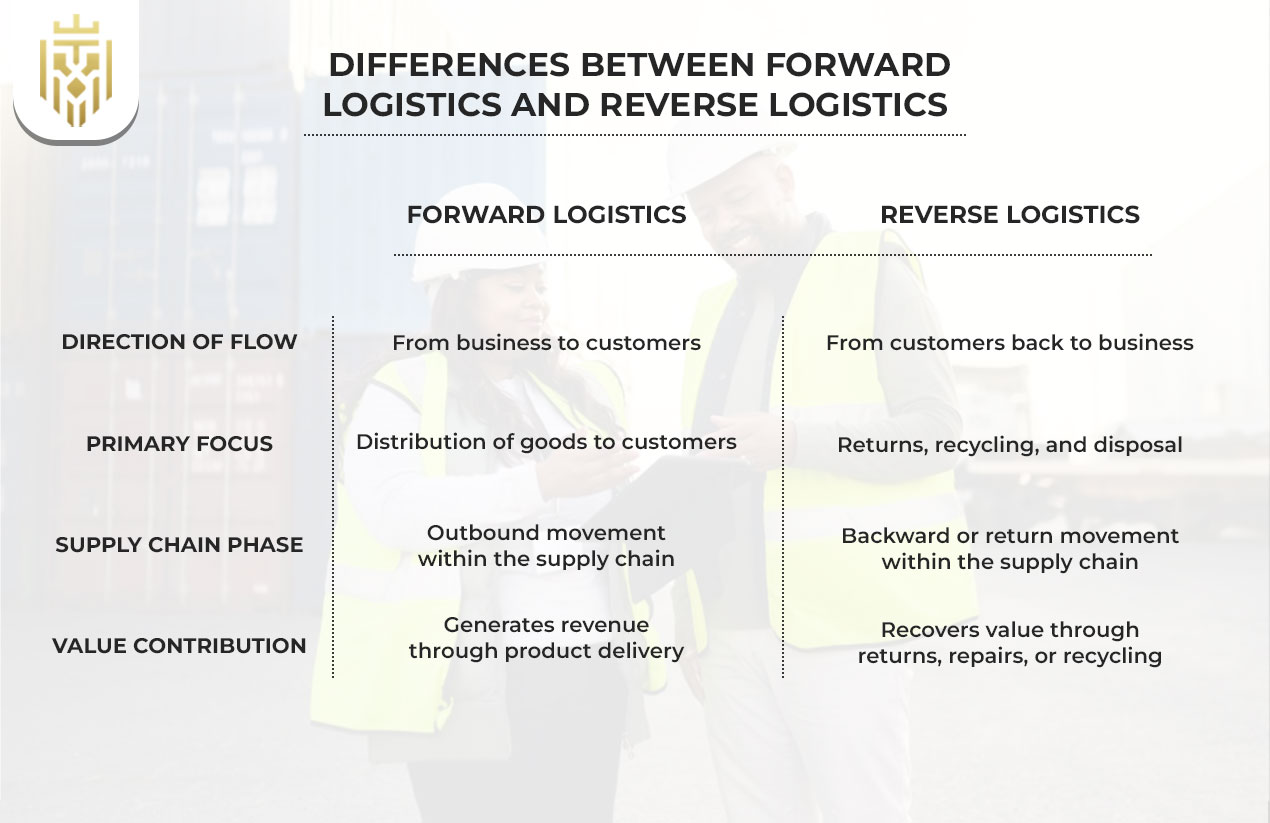
The main difference between the forward logistics and reverse logistics is their direction of flow. Forward logistics concerns distribution of goods to customers, whereas reverse logistics deals with returns and recycling, which concerns the back-swing of the supply chain.
Why Forward Logistics Is a Game-Changer for Your Supply Chain?
When one considers what is forward logistics, one can hardly avoid the fact that it is a game-changer, maximising the flow of goods. It improves sight of goods and diminishes points of congestion and kernel involvement streamlining of the chain of supply to give faster, guaranteed delivery and better logistics operation.
Enhancing Order Accuracy and Customer Satisfaction
Forward logistics can also help in the level of accuracy in orders by allowing logistics to powder with ease and tracking of the same in real time. It aids proper updating of inventories which makes the right products to reach the consumers on time and thus makes their satisfaction skyrocket and creates lasting loyalty.
Reducing Costs while Boosting Delivery Speed
Forward logistics plans give advantages by lowering cost of operations and streamlining the speed of delivery through streamlining of transportation lines and placement of warehouses. This has the effect of increasing the velocity of goods and the reduction of shipping cost throughout the supply chain.
The Building Blocks of Forward Logistics
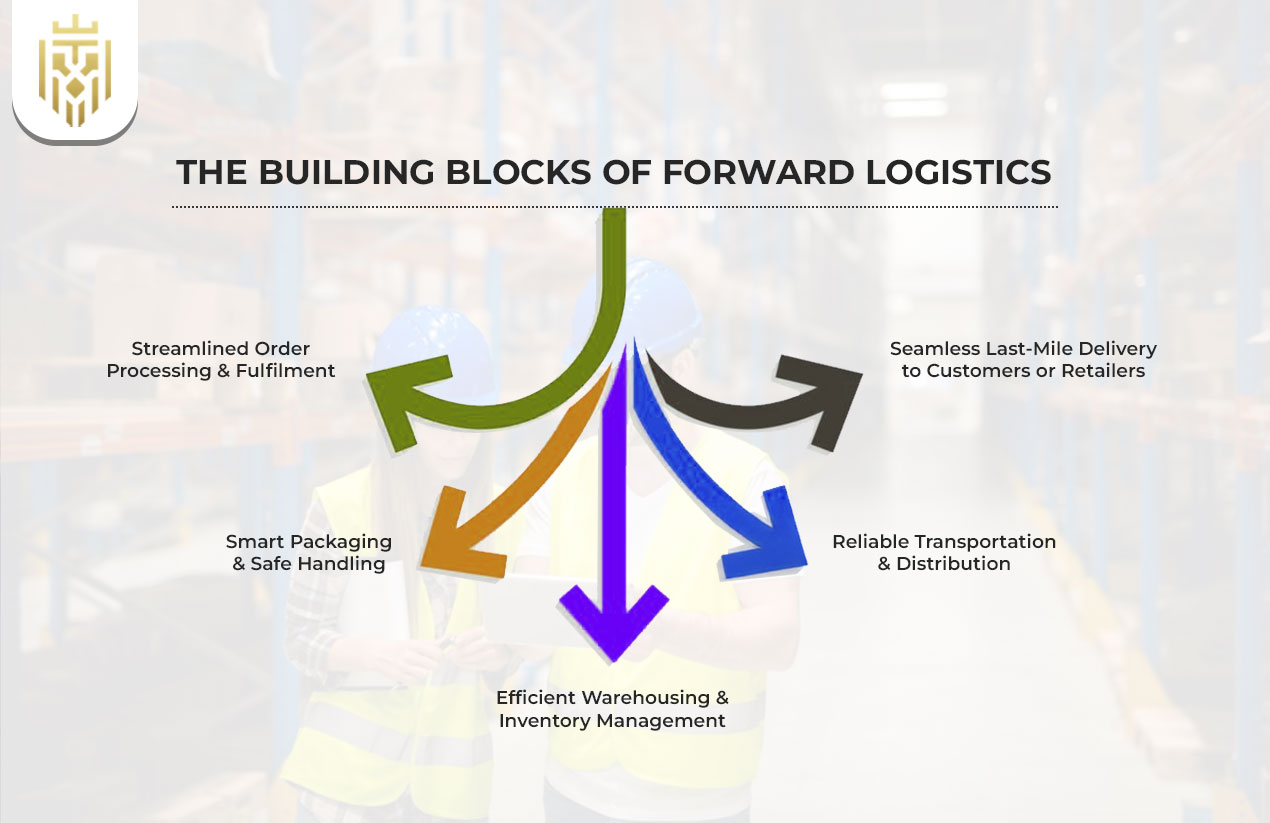
The components of forward logistics are streamlined order processing and efficient inventory management and reliable transportation. Collectively, these factors guarantee a coherent movement of logistics in wares to the end consumers in supply chain network.
Streamlined Order Processing & Fulfilment
In forward logistics, order processing is important in achieving quick, right deliveries. The effective systems decrease the mistakes, enhance the logistics movement, as well as the fulfilment rates in order to keep businesses competitive in a customer-centric and challenging supply chain environment.
Smart Packaging & Safe Handling
Forward logistics guards against theft of goods by employing smart packaging and following safe handling guidelines to guarantee the goods pass through safely. Effective packaging methods also reduce the number of damaged products, hence boosts customer satisfaction and quality level during logistics movement procedures.
Efficient Warehousing & Inventory Management
Forward logistics requires efficient warehousing because there has to be an easy storage and withdrawal of goods. Optimized inventory systems lead to the acceleration of the movement of logistics, and more efficient control of stocks, which enhances the overall performance of the chain of delivery.
Reliable Transportation & Distribution
Forward logistics rests on reliable transportation which makes sure that goods can reach their customers on time. Good transport planning will cut delays, enhance a regular delivery pattern and increase the overall efficiency of the whole supply chain because there are fewer disturbances in transport.
Seamless Last-Mile Delivery to Customers or Retailers
Forward logistics are assigned the role of ensuring seamless last-mile delivery, delivering market products to retailers or consumers with speed and accuracy. The shorter routes created by the achievement of last-mile routes denote faster movement and better service to customers of the business and decreasing costs and time lag in the supply chain.
How to Measure Success in Forward Logistics
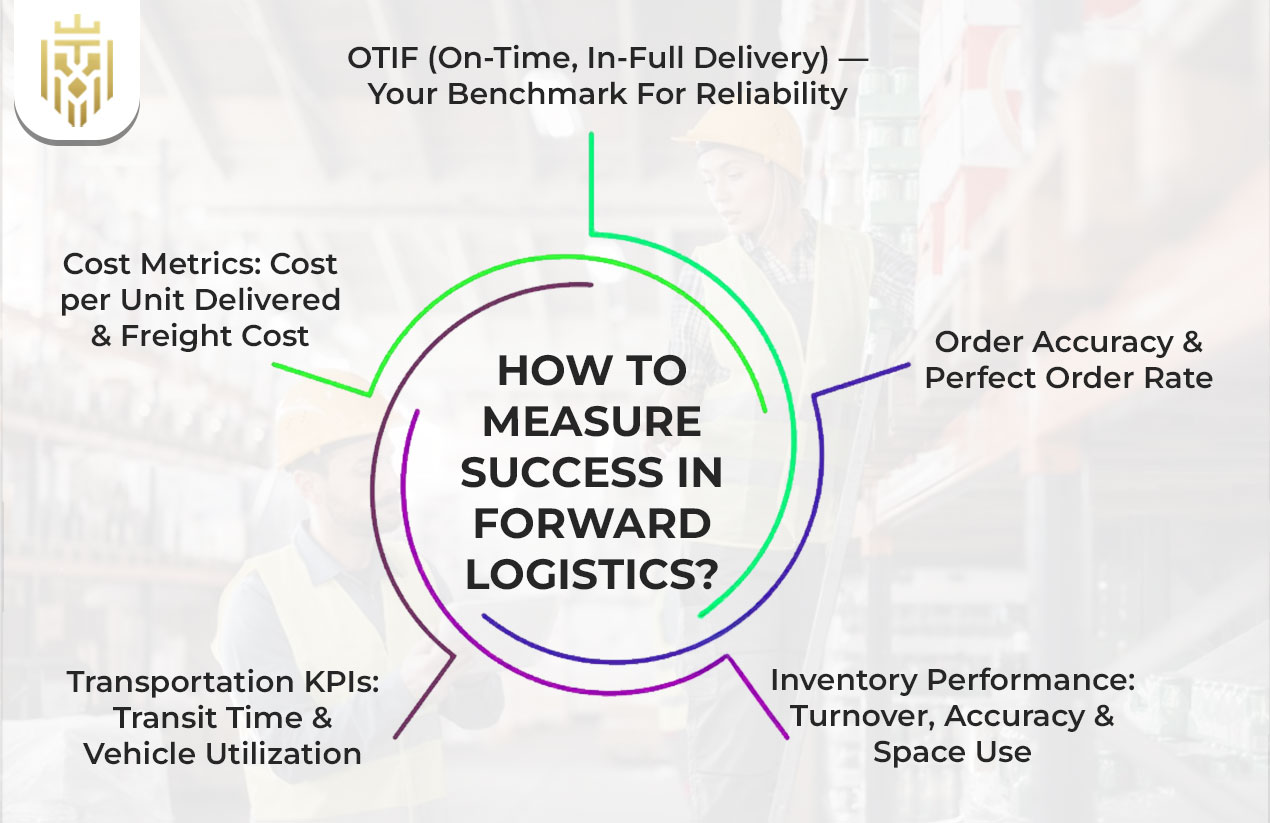
Forward logistics success measurement can be based on KPIs such as OTIF, cost per unit, and vehicle utilization. These measures will assist in evaluating the effectiveness of logistics movements and give practical suggestions on how to improve the work of the whole supply chain.
OTIF (On-Time, In-Full Delivery) — Your Benchmark for Reliability
OTIF is the most important metric in the forward logistics area to quantify the reliability of delivery. It monitors the arrival of products by date and in the expected quantity, a factor that facilitates easy flow of logistics and enhances confidence in the supply chain and the customers.
Order Accuracy & Perfect Order Rate
Perfect order rate is a measure of accuracy in order in forward logistics that shows correct deliveries without mistakes. This is done by ensuring high precision, which minimises the complaints and returns made by the customers, maximising the flow of logistics and strengthening the effectiveness of operations throughout the chain of supply.
Inventory Performance: Turnover, Accuracy & Space Use
Another important forward logistics measurement is inventory performance which measures stock turn over, stock accuracy and space utilisation. Utilization of inventory effectively facilitates the flow of logistics and enables stock management to be at good level to handle the gap and change of demand in the supply chain.
Transportation KPIs: Transit Time & Vehicle Utilization
KPIs in transport, such as the time it takes to transit and the usage of vehicles, are vital in the forward logistics. By getting such aspects optimised, the flow of goods will be fast and delivery capacity maximum which will ultimately make the whole chain efficient about supply chain logistics.
Cost Metrics: Cost per Unit Delivered & Freight Cost
Forward logistics measures of cost enable companies to manage cost of freight and unit-delivery costs. The reduction in these costs increases the profitability of the operations and, at the same time, enables seamless flow of logistics and facilitates an agile and efficient supply chain strategy.
How to Elevate Your Forward Logistics
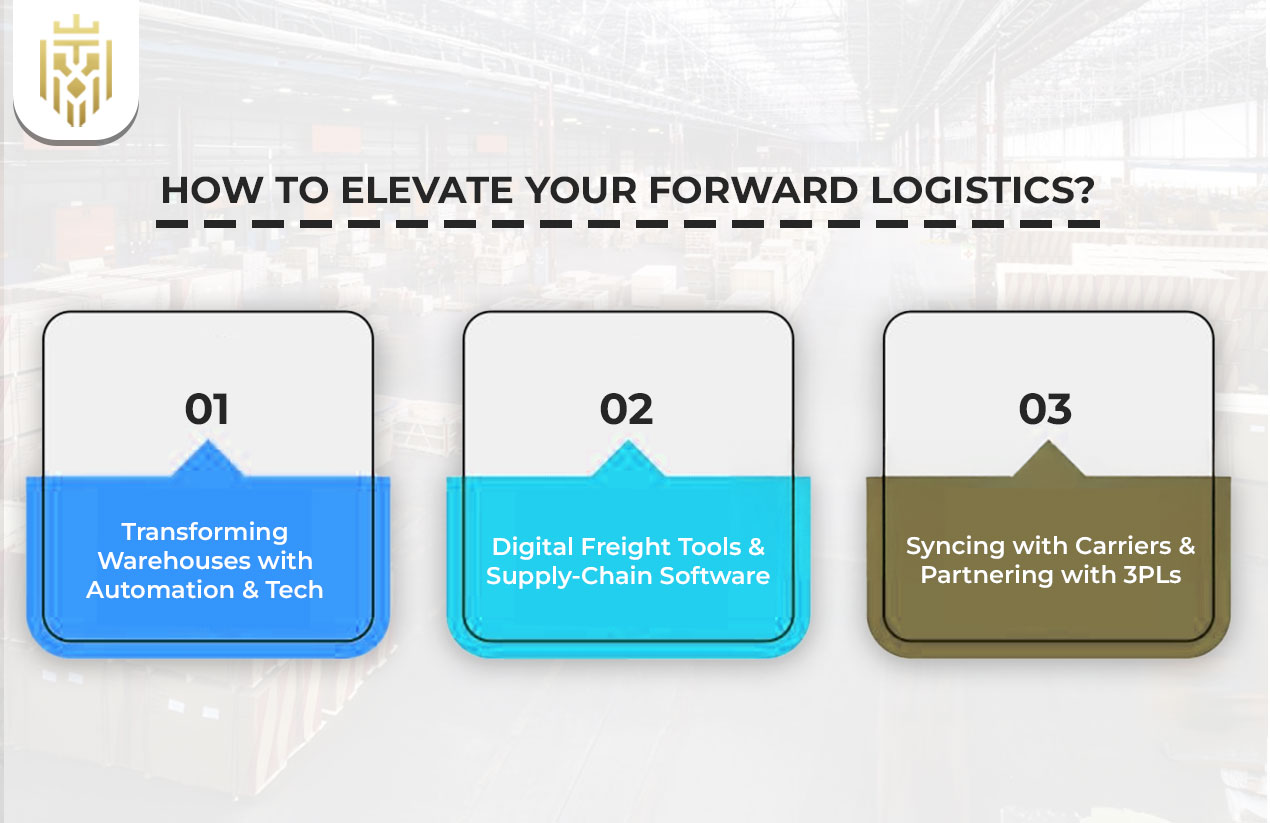
The process of advancing forward logistics begins by synchronising technology, people, and processes to become efficient. Emphasis on continuous modes of operations, intelligent instruments, and cooperative networks will facilitate easier logistics flow allowing businesses to respond in a quicker manner besides making the overall supply chain more effective.
Transforming Warehouses with Automation & Tech
Automation is a revolution in the sphere of warehouses through the optimization of the warehouse storage, picking, and inventory. Smart technology in forward logistics minimises mistakes and accelerates the flow of goods to ascertain the attainment of products in the supply chain environment, which is dynamic and competitive.
Digital Freight Tools & Supply-Chain Software
The use of digital freight tools and supply chain can be considered as a revolution of forward logistics with enhancement of visibility and tracking. These technologies create efficiency; improves route planning and increases reliability, thus creating a smooth flow of logistics between the warehouses and the customer or retailers.
Syncing with Carriers & Partnering with 3PLs
Forward logistics requires the collaboration with trustworthy 3PLs. In coordinating with carriers, organizations can deliver goods on time and have access to specialized knowledge, which would eventually improve their overall supply chain and the delivery performance in all geographies.
Best Practices for Forward Logistics Excellence
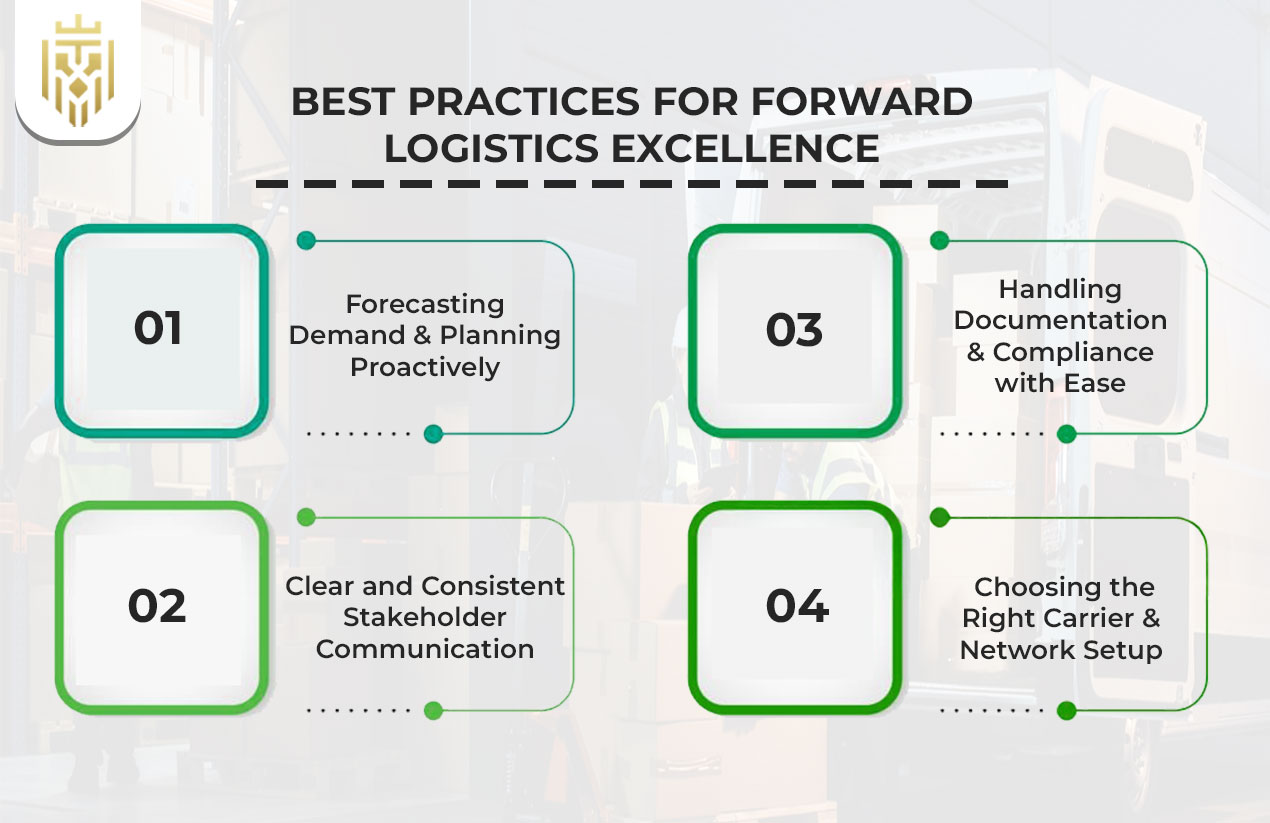
Forward logistics excellence is a result of a mix of activities: active planning, effective partnership, and technology enabled processes. Combination of these factors facilitates a perfect logistics flow and smooth operations that finally lead to customer satisfaction and an improved supply chain network.
Forecasting Demand & Planning Proactively
Forward logistics requires accurate forecasting in demand to facilitate free flow of goods. Anticipating future demand decreases stock empties and bulk, which are conducive to effective operations and enhancing responsiveness in the larger supply chain environment.
Clear, Consistent Stakeholder Communication
Communication to the stakeholders is a definite factor to forward logistics success. By ensuring that teams, suppliers and carriers remain on track, the potential of misunderstanding and delays is eliminated, thus the logistics movement is seamless and efficiency is maintained at all levels of the supply chain.
Handling Documentation & Compliance with Ease
Forward logistic processes are not stalled because of smooth documentation and compliance processes. Proper documentation also minimises customs challenges, and the compliance with regulatory requirements ensures that the movement of goods in different countries remains quite consistent, protecting the reputation and the performance of supply chains of the business.
Choosing the Right Carrier & Network Setup
Choosing appropriate carrier and network structure improve forward logistics through route and transportation optimisation. Proper arrangement allows a swift and quality logistic flow, and this makes companies able to fulfil delivery commitments and technical integrity in all their supply chain activities.
Preparing for Disruptions & Going Green
Effective forward logistic measures should incorporate disruption planning and sustainability action. Through adopting a green organizational culture and risk management business ventures can assure themselves of sustainable supply chain processes and lowest environmental depreciation in the process of movement of goods.
Contingency Planning & Risk Management
Forward logistics require contingency planning to reduce risks involved. Coming up with backup suppliers and alternative route provides protection to the supply chain so that there can be continuous flow of logistics even in the event of anomalies such as; natural disaster, shortage of supplies or transport strike.
Green Logistics: Eco-Packaging, Consolidation & Fuel Efficiency
The meaning of forward logistics has developed to embrace the aspect of sustainability by using green logistics. The environmentally friendly eco-packaging, consolidation of shipments and shipping based on fuel efficiency assists in the reduced environmental load and helps render efficient movement of supply chain, leading to a responsible and future proof supply chain model.
Energy-Efficient Facilities & Sustainable Operations
Forward logistics is transforming due to energy-efficient warehouses and sustainable processes. Optimisation of lighting, cooling, heating and renewable energy makes it more cost-effective and environmentally friendly and facilitates the uninterrupted flow of goods and helps to enhance the resilience of the supply chain in the long run.
Your Step-by-Step Roadmap to Forward Logistics Success

The existence of clear roadmap makes businesses master forward logistics. Assessment of its existing processes, scaling of the gains in a systematic way, this systematic way promotes logistic movements, improves the efficiency, and makes an organization establish a competitive, responsive supply chain that is prepared to grow in the future.
Evaluating Your Current Setup
Assessment of your current implementation is the starting point of enhancing forward logistics. By examining inventory movement, transportation performance, and proceedings at the warehouse, one will allow easy movement of goods and can spot shortcomings that affect your overall supply chain performance.
Running Pilot Programs & Proofs of Concept
Pilot programs play a critical role in terms of knowing what forward logistics are and experimenting with new approaches. Small-scale trials prove the technology, process, and partner performance, thus optimised the movement of logistics before the implementation of the whole supply chain.
Scaling Up with Measurable KPIs
Future logistics performance can be scaled according to quantitative KPIs, such as the correctness of delivery and delivery time. These measurements – track the logistics movement, direct the process improvement and contribute to the homogeneous performance as the business expands throughout the supply chain.
Driving Continuous Optimization
In forward logistics, continuous optimization is important to remain competitive. Frequent reviews, evidence-based decisions, and process optimizations provide effective transportation of goods, which helps to increase the reliability of delivery and improves the overall agility of the contemporary supply chain.
FAQs
1) What is forward logistics?
Forward logistics is that part of logistics concerned with the efficient flow of products between manufacturers and customers. It facilitates an effective flow of logistics within all levels of the supply chain, paying more attention to timely deliveries of products and product quality preservation within the whole process.
2) What is the difference between forward logistics and reverse logistics?
The main difference between the forward logistics and reverse logistics is their direction of flow. Forward logistics concerns distribution of goods to customers, whereas reverse logistics deals with returns and recycling, which concerns the back-swing of the supply chain.
3) Does forward assister assist with customs clearances and duties?
Yes, there is always an assister who comes forward to assist in customs clearances and duties. They facilitate a liquid movement of goods across borders since they confirm documentation, compliance, and taxes, which eases the forward logistic and delays in the global supply chain.

